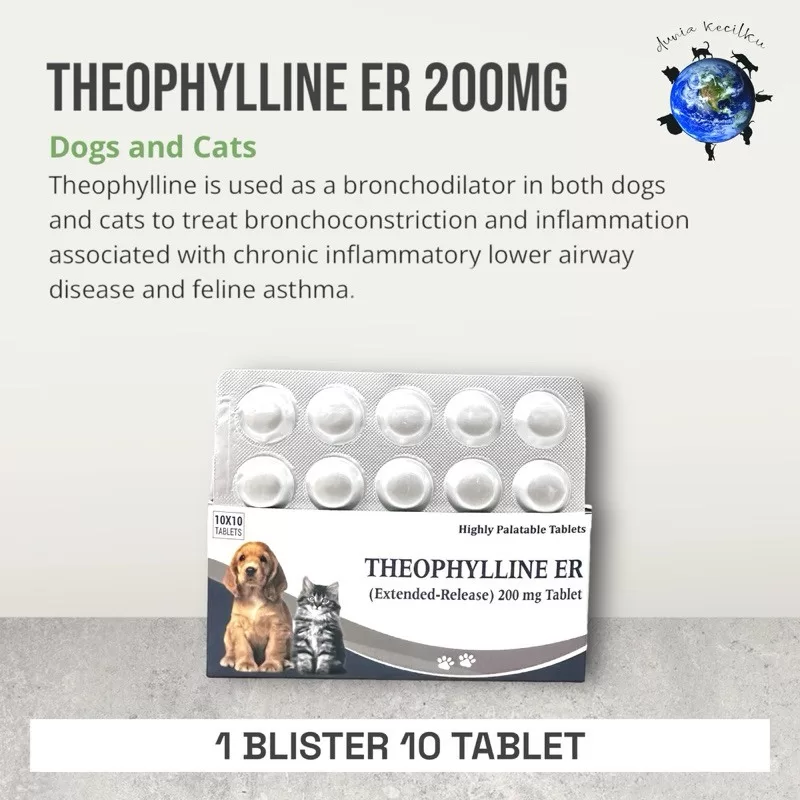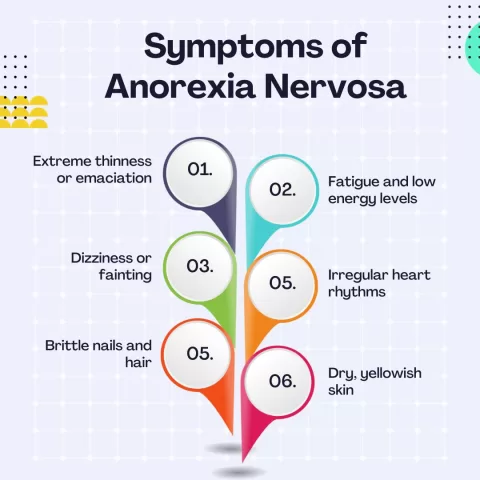Bronchodilators for cats serve as a vital lifeline for felines struggling with respiratory issues, particularly those battling feline asthma or chronic bronchitis. These medications work by relaxing and widening the airways, facilitating easier breathing during challenging episodes of distress. With many cats experiencing breathing problems, understanding bronchodilators’ roles can significantly improve their respiratory health. In this overview, we will dive into how bronchodilators aid in feline asthma treatment and other respiratory concerns, providing insights into their types, administration methods, and associated safety considerations. Ultimately, knowing how to effectively use bronchodilators plays a crucial part in ensuring your cat enjoys a healthier, more comfortable life.
When discussing respiratory therapies for felines, terms like airway relaxants or respiratory dilators may come to mind, specifically aimed at alleviating conditions such as feline asthma and chronic bronchitis. These medications are essential for treating various cat breathing problems and ensuring optimal respiratory health. Known for their fast-acting relief, bronchodilators are often employed alongside corticosteroids as part of a comprehensive approach to feline asthma treatment. By directly targeting the airway passages, these therapeutic agents can provide immediate comfort to cats experiencing acute respiratory distress. As we explore the details of this essential component of feline care, we’ll highlight key factors that pet owners should consider.
The Role of Bronchodilators in Feline Asthma Treatment
Bronchodilators are integral in managing asthma in cats, a condition that can lead to significant discomfort and even life-threatening respiratory distress. These medications work by relaxing the muscles around the airways, thereby widening them and allowing for smoother airflow. This is particularly crucial during an asthma attack when the airways become constricted and inflamed. In many cases, a combination of bronchodilators and corticosteroids is necessary to ensure that while the immediate symptoms are relieved, the underlying inflammation is also addressed. Regular use of bronchodilators can greatly improve a cat’s quality of life, minimizing the frequency and severity of asthma attacks.
It is vital for cat owners to recognize the signs of asthma and respond promptly with medications like bronchodilators. Keeping an inhaler, specifically designed for felines, and understanding how to administer it correctly can make a significant difference in an emergency. This proactive approach not only aids in symptom relief but can also prevent the escalation of respiratory issues, ensuring that cats lead healthy and active lives.
Types of Inhaled Bronchodilators for Better Cat Respiratory Health
Inhaled bronchodilators such as albuterol and levalbuterol are commonly recommended for cats because of their targeted action and minimal side effects compared to systemic options. Albuterol is particularly popular among veterinarians due to its rapid onset and effectiveness in alleviating symptoms of feline asthma. By delivering the medication directly to the lungs, inhaled bronchodilators offer immediate relief, which is crucial during acute respiratory episodes.
Levalbuterol, a less frequently employed inhaled bronchodilator, shows promise with its potentially reduced side effects. This sub-type of beta2-agonist can be a beneficial alternative, especially for cats who may react poorly to other medications. Understanding the various options available allows cat owners to make informed decisions with their veterinarians, enhancing overall cat respiratory health and optimizing asthma management.
Combining Bronchodilators with Corticosteroids
The combination of bronchodilators and corticosteroids is often regarded as the gold standard for treating asthma in cats. While bronchodilators offer immediate relief from bronchoconstriction, corticosteroids work to reduce the underlying inflammation that contributes to airway irritation and constriction. This dual approach ensures not just short-term relief during attacks but also long-term management of asthma symptoms.
Veterinarians typically prescribe inhaled corticosteroids in conjunction with bronchodilators to provide a comprehensive treatment regimen. This method of managing feline asthma significantly improves the wellbeing of affected cats, as it addresses both immediate and chronic aspects of the disease. Regular monitoring and adjustments to this combined therapy are essential to maintain optimal respiratory health in cats suffering from these challenging conditions.
The Importance of Veterinary Guidance in Bronchodilator Use
When it comes to administering bronchodilators for cats, veterinary guidance is critical. Not all medications or dosages are suitable for every cat, and as such, a tailored approach is essential. Cats may react differently to bronchodilator medications, which is why it’s recommended to have a thorough veterinary assessment before starting any treatment regimen. Veterinarians will consider various factors such as the cat’s weight, medical history, and the severity of their respiratory issues when deciding on the appropriate course of action.
Furthermore, regular check-ups with the veterinarian allow for reassessment of the cat’s response to treatment, enabling necessary adjustments in medication or dosage. This careful monitoring helps ensure that cats receive the most effective and safest treatment for their respiratory conditions, contributing to better long-term outcomes and quality of life.
Environmental Management for Cat Breathing Problems
Effective management of environmental factors plays a vital role in reducing the incidence of asthma attacks in cats. Many feline asthma triggers are found in the home environment, including allergens like dust mites, pollen, and pet dander. Maintaining a clean, allergen-free living space can significantly alleviate respiratory problems in affected cats. Routine cleaning, using air filters, and minimizing exposure to smoke or harsh chemicals are practical steps owners can take to enhance their cat’s respiratory health.
Additionally, creating a calm and stress-free environment is essential since anxiety can also trigger breathing problems in cats. Providing designated quiet spaces, avoiding overcrowding in the home, and following a consistent routine can greatly contribute to a cat’s overall comfort. By managing these environmental aspects alongside the use of bronchodilators, cat owners can effectively improve their pet’s respiratory health and reduce the frequency of asthma flare-ups.
Frequently Asked Questions
What are bronchodilators for cats and how do they work?
Bronchodilators for cats are medications designed to relax and widen the airways, making breathing easier. They are crucial for managing respiratory conditions such as asthma in cats, helping to alleviate symptoms like wheezing and coughing by directly targeting the lower airways.
How are inhaled bronchodilators administered to cats?
Inhaled bronchodilators for cats, like albuterol, are typically delivered through a metered dose inhaler (MDI) specifically designed for felines. Using a feline inhaler spacer, such as the AeroKat Chamber, ensures the medication is inhaled effectively, providing quick relief during an acute episode of respiratory distress.
What should I know about the side effects of bronchodilators in cats?
While bronchodilators for cats, particularly inhaled forms, generally have fewer side effects compared to oral medications, they can still cause issues like increased heart rate or restlessness. Monitoring your cat for any adverse reactions and consulting your veterinarian for tailored advice is essential to ensure their respiratory health.
Can bronchodilators alone treat asthma in cats?
Bronchodilators are vital for immediate relief of symptoms associated with asthma in cats, but they do not address the underlying inflammation. For comprehensive feline asthma treatment, they should be used in combination with corticosteroids or other medications to manage inflammation effectively and improve long-term respiratory health.
Are there specific brands of bronchodilators for cats that are recommended?
Commonly recommended bronchodilators for cats include inhaled options like albuterol and levalbuterol. Your veterinarian may also suggest systemic options if necessary. It’s important to follow veterinary guidance for dosage and medication choice based on your cat’s specific breathing problems.
| Type of Bronchodilator | Examples | Administration | Considerations |
|---|---|---|---|
| Inhaled Bronchodilators | Albuterol, Levalbuterol, Terbutaline | Delivered directly via metered dose inhalers or nebulizers | Minimized side effects; quick relief within 5-10 mins. |
| Systemic Bronchodilators | Theophylline | Generally oral or injectable | Higher risk of side effects; primarily a secondary option. |
Summary
Bronchodilators for cats are essential in managing respiratory conditions such as asthma and chronic bronchitis. These medications work to dilate the airways, making it easier for cats to breathe, especially during acute distress episodes. It is crucial to understand that while bronchodilators provide immediate symptom relief, they should be combined with other treatments like corticosteroids to effectively address the underlying inflammation. Regular veterinary consultation is vital to ensuring the appropriate usage of bronchodilators tailored to your cat’s specific health needs, thereby enhancing their quality of life and managing respiratory difficulties effectively.
The content provided on this blog (e.g., symptom descriptions, health tips, or general advice) is for informational purposes only and is not a substitute for professional medical advice, diagnosis, or treatment. Always seek the guidance of your physician or other qualified healthcare provider with any questions you may have regarding a medical condition. Never disregard professional medical advice or delay seeking it because of something you have read on this website. If you believe you may have a medical emergency, call your doctor or emergency services immediately. Reliance on any information provided by this blog is solely at your own risk.







